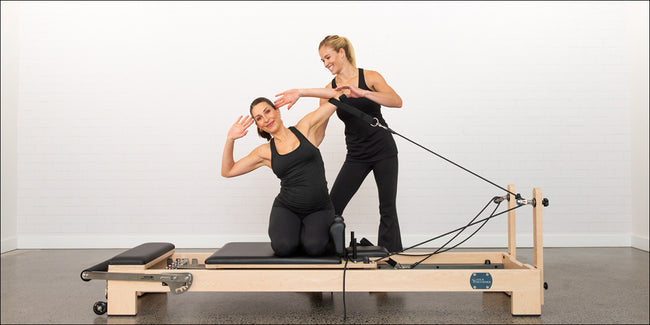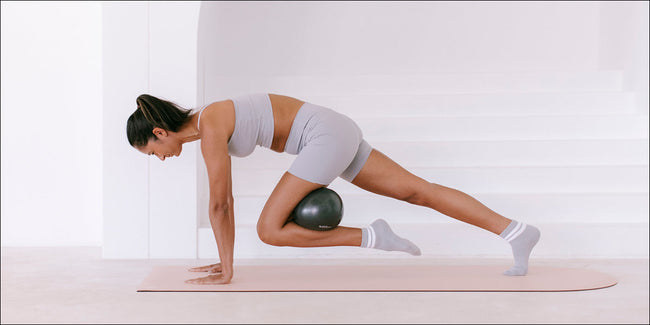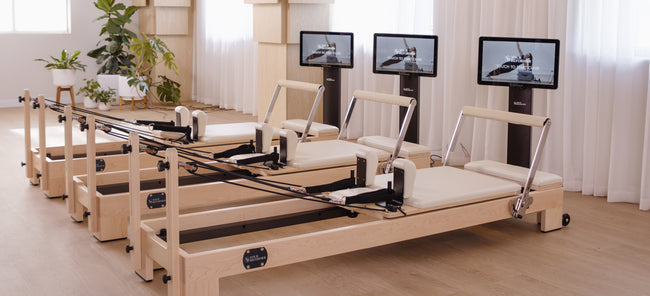Prolapse isn't always easy to talk about or admit, but it can have a massive impact on your quality of life.
Have you ever felt or seen a lump or something ‘coming down’, and protruding from your vagina? Or experienced a dragging, heavy sensation in the vagina? Do you have difficulty emptying your bladder or bowel? Or experience a weak urine system, lower back pain, sexual problems (pain or less sensation), and/or recurring urinary tract infections?
These are all common signs and symptoms of a clinical diagnosis termed, ‘Prolapse’.
What is it?
Prolapse is defined as weakening of the supporting tissue / vaginal walls, allowing the internal organs (bladder, bowel, uterus) to protrude into the vaginal cavity.
Symptoms of prolapse include heaviness, or a sensation of having pressure / a bulge / bubble in the vagina. Often symptoms are worse at the end of the day. There are different degrees and types of prolapse, and it is important to get properly assessed.
Prolapse can be the result of one or a combination of childbirth injury, genetics, aging and chronic straining with constipation.
Can it improve?
Yes! In most cases, you can improve your symptoms conservatively.
Prolapse can be a result of overstretched and weakened pelvic floor muscles, just like overstretching a spring.
Your pelvic floor muscles should work to help support your pelvic organs, so if these muscles are weakened, then so is that support. As the support weakens, through being stretched or torn, the walls and/or uterus can drop towards the vaginal opening. As prolapse worsens, the walls or uterus can come through the opening and a vaginal bulge can be seen.
Just three months of pelvic floor muscle training can reduce the severity of mild to moderate vaginal prolapse. Even if there is little change in your prolapse symptoms, which may result in surgical intervention, you will still benefit from performing pelvic floor strengthening exercises by avoiding repeat prolapse.
What can I do to improve my symptoms?
- Training the pelvic floor and supporting muscles to increase support.
- Modify lifestyle factors – avoid straining with constipation, heavy lifting and inappropriate general exercise
- Seek medical advice – get a thorough assessment to understand the degree of prolapse, whether you may need a supporting device (e.g. a pessary) and get an individualized plan.
How can Pilates help?
Pilates has been proven to assist in the management, reduction and minimization of Prolapse.
Pilates exercises can specifically target the muscles that are required to strengthen and support your pelvic organs. Prolapse specific programs focus on how to engage your core muscles safely and effectively, with a strong focus on how to deload your pelvic floor muscles, whilst avoiding increasing intraabdominal pressure. These exercises will make you feel empowered and strong, and can ultimately help you reduce your Prolapse signs and symptoms.
We have collaborated with Chloe Lorback, Women’s Health Physiotherapist and Pilates Instructor to bring you a prolapse safe series of programs. Chloe has a Masters in Pelvic Floor Rehabilitation and has a keen interest in creating safe exercise options for women through the lifespan (particularly pregnancy, postnatal and menopause).
Visit the Your Reformer App here to follow our Prolapse Series available now.
References
1 DeLancey J, Morgan D, Fenner D, et al. (2007) Comparison of levator ani muscle defects and function in women with and without pelvic organ prolapse. Obstetrics & Gynecology;109:295-302.
2 Brækken, I, Majida M, Engh M, & Bø, K. (2010) Can pelvic floor muscle training reverse pelvic organ prolapse and reduce prolapse symptoms? An assessor-blinded, randomized, controlled trial. American Journal of Obstetrics and Gynecology, 203(2), 170-e1.
3 Hunskaar S, Burgio K, Clark A, et al. (2005) Epidemiology of POP. In: Abrams P, Cardozo L, Khoury S, Wein A, eds. Incontinence. Plymouth,UK: Health Publication Ltd; 290-8.








